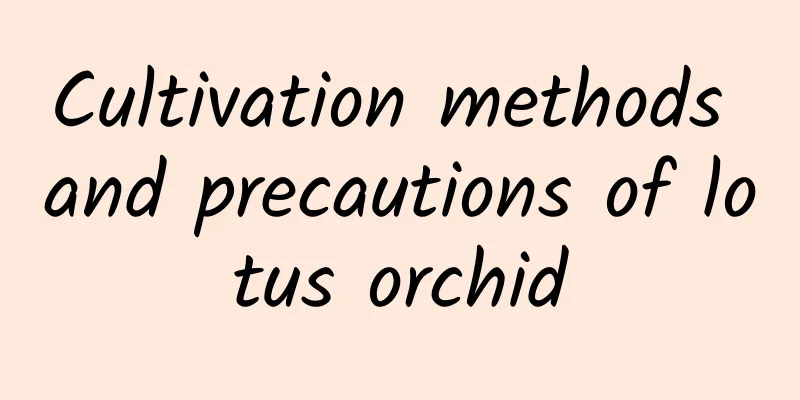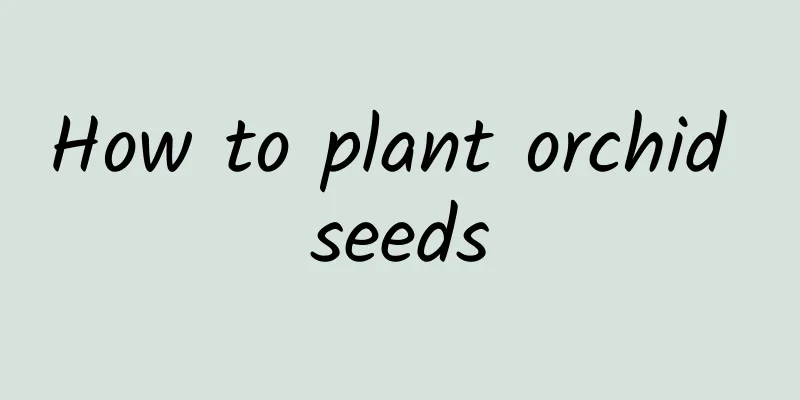Spring, delicious wild vegetables on the roadside, Part 2

Toona sinensisToona sinensis, also known as toona sinensis sprouts, is rich in nutrients, has a special aromatic smell, and is delicious and worth savoring. There are many ways to eat Chinese toon. It can be eaten cold, stir-fried, pan-fried, or pickled. Chinese toon can also be used as medicine. According to ancient medical books, Chinese toon is cold in nature and has the effects of astringing the intestines and stopping bleeding, strengthening the stomach and regulating qi, killing insects and consolidating semen. Modern medical research shows that the decoction of Chinese toon has obvious inhibitory and bactericidal effects on some pathogens. There is a folk recipe for using toon leaves to treat diseases: blanching toon leaves and mixing them with soy sauce can stimulate the appetite and relieve gas stagnation; making toon leaf porridge with rice and sesame oil can cure enteritis, dysentery, hemorrhoids, etc. MintMint, also known as mint, can be used as medicine or as food. Mint is a wind-dispersing and antipyretic medicine. The peppermint oil it contains is an active medicinal ingredient and is often used to prevent and treat colds, sore throats, etc. In the hot summer, mint is a great product for cooling down. Mint can be used to make mint porridge, fresh mint tofu, mint chicken breast, etc. YunlongcaiYunlongcai (Dragon's beard vegetable) is a pure natural green and healthy food. Yunlongcai (Dragon's beard vegetable) contains more nutrients such as protein and carbohydrates than ordinary vegetables. It has eighteen kinds of amino acids and its protein content is similar to that of beans. It also contains special nutritional trace elements and medicinal value that ordinary vegetables do not have, such as germanium, selenium, strontium, molybdenum, etc. Because it contains germanium, a special substance found in Ganoderma lucidum. Long-term use of Yunlongcai (Dragon's Beard Vegetable) has obvious preventive and health-care effects on preventing cancer and tumors, lowering blood lipids, balancing blood pressure, cleaning the intestines, and beautifying the skin. Brasenia schrenkianaThe main components of water shield are amino acids, asparagine, fucose, arabinose, fructose and the like. The secretions from the back of water shield leaves have an inhibitory effect on certain metastatic tumors. It can prevent and treat tumors such as gastric cancer and prostate cancer. Water shield has been regarded as a precious vegetable since ancient times. It has a plump and tender taste and is rich in signature nutrients such as amino acids, arabinose, mannose, vitamins, etc., making it deeply loved by people. It is the tender stems and leaves of the medicinal plant of the Nymphaeaceae family. It is a perennial aquatic herb that is delicious and tender, and is one of the precious vegetables. Other names: water chestnut, lake vegetable, water sunflower, dew sunflower, water lotus leaf, and flower vegetable. Water shield is rich in B vitamins, which are necessary for cell growth and division and maintaining the integrity of the myelin sheath of nerve cells. It can be used clinically to prevent and treat pernicious anemia, megaloblastic anemia, hepatitis, cirrhosis and other diseases. Water shield is rich in zinc and is the "king of zinc" among plants. It is one of the best intellectual and health-enhancing foods for children and can prevent and treat ADHD in children. Houttuynia cordataAlso known as Houttuynia cordata. Its main ingredient is houttuynia cordata. Through experiments, Houttuynia cordata was used to treat Ehrlich ascites carcinoma in mice, and it had a significant inhibitory effect, with the highest inhibition rate on cancer cell mitosis being 45.7%. It can prevent and treat gastric cancer, cardia cancer, lung cancer, etc. JingcaiThe scientific name of Sedum sedum is Sedum notoginseng, also known as heart-saving vegetable, strong heart vegetable, wild ginseng, blood-activating dan, life-saving grass, etc. It has broad and thick green leaves, tender yellow stems, and yellow flowers. Jingcai can be eaten cold, stir-fried, stewed, made into soup, hot pot, and brewed into tea. It has a fresh, tender and smooth taste when eaten. Jingcai is rich in nutrients and can be used as a diet therapy. It has the functions of lowering blood pressure and blood lipids, promoting blood circulation and removing blood stasis, invigorating qi and strengthening the heart, calming the mind and liver, clearing away heat and cooling blood. It has a good effect on irritability, insomnia, palpitations and hysteria. Jingcai can be grown all over the country and is easy to grow and manage. Jingcai is disease-free and is a pollution-free green vegetable. Once the jingcai is planted, fresh stems and leaves can be harvested continuously for 20 years, just like leeks, which grow as soon as they are cut. The method is mainly seedling propagation, planting in the same year, harvesting in the same year, and entering the peak production period in the next year. PlantainPlantain, also known as wheel vegetable, is a perennial herb of the Plantaginaceae family. It grows in mountains, roadsides, flower gardens, river banks, etc. The rhizome is shortened and thickened, with dense fibrous roots. All leaves are basal, with smooth, broadly ovate leaves, wavy edges, and inconspicuous blunt teeth in between. There are five main veins that bulge toward the back of the leaf and extend into the petiole in rib-like shapes. The leaf blade is often the same length as the petiole. In spring, summer and autumn, spike inflorescences grow in the center of the plant. The flowers are small and the corolla is not prominent. The fruit is an oval capsule with a persistent style at the top. When ripe, the lid cracks and the seeds are scattered. It has the effects of diuresis, clearing away heat and detoxification, clearing the liver and improving eyesight, removing phlegm and stopping diarrhea. It is not only medicinal but also edible and is deeply loved by people. GardeniaGardenia is also called yellow gardenia and wild gardenia. Generally there are four petals, which are off-white. Blooming and spring and summer season. It is a herbaceous plant of the Rubiaceae family, mostly growing in wild forests. The flowers bloom throughout the day and close at night. In the morning, when the floral dew is secreted the most, you can inhale it, which has the function of clearing the lungs. The petals can be used in cooking and have the effect of clearing away heat and detoxifying. The fruit is yellow and red when ripe, and there are two types. After the yellow juice is boiled out, it can be used as a medicine. After the red juice is boiled out, it can be used as an anti-moth herb. Artemisia argyiArtemisia selengensis is also known as artemisia selengensis, water wormwood, water mugwort, reed wormwood, and narrow wormwood. Its tender stems, leaves and large fleshy runners are edible. Artemisia selengensis mostly grows on ridges, roadsides, and ditches in low-altitude areas. It has the effects of promoting bile secretion and relieving jaundice, nourishing yin and moistening dryness, strengthening physical fitness, moisturizing the skin, and preventing and resisting diseases. Artemisia selengensis can be eaten cold or stir-fried with shredded pork. Prickly lettuceThe prickly lettuce is named after the thorns on the edges of its leaves. Its scientific name is Thistle. Rich in protein, fat, carbohydrates, calcium and other substances. The whole plant can be used as medicine. It contains alkaloids and saponins, and has hemostatic, antibacterial and blood-stasis removing effects. It can treat vomiting blood, epistaxis, hematuria, hematuria, bloody stool, metrorrhagia, acute infectious hepatitis, traumatic bleeding, furuncles, and carbuncles. |
<<: Spring, delicious wild vegetables on the roadside, the first part
>>: Let's get to know Carnation Tea
Recommend
How to water carnations and how often to water them
Overview of Carnation Watering Do not water the c...
Does Christmas cactus prefer sunlight or shade? (Does Christmas cactus prefer shade or sun?)
Does Christmas cactus prefer shade or sun? Christ...
What are the cultivation methods and precautions of Rieger Begonia
Introduction of Rieger Begonia Rieger Begonia is ...
In summer, when growing flowers, you should change pots, expose to the sun and apply concentrated fertilizer.
Can't change the pot Reasons for growing flow...
How to propagate hawthorn, how many years does hawthorn bear fruit
1. Breeding Methods 1. Seeding propagation: The t...
How to grow Impatiens in potted plants
Impatiens is a very ornamental flowering plant an...
Cultivation methods and precautions of dried branch plum (maintenance of potted dried branch plum)
The dried plum is a plant of the genus Limonium i...
In which month is cabbage usually planted?
Cabbage is a nutritious vegetable with a crisp ta...
The correct way to fertilize watermelon
The quality and yield of watermelon are affected ...
How to grow water plants quickly and well? Beginners learn water plant tank cultivation techniques
In fact, water plants do not need to be planted d...
How to propagate Gelsemium elegans
Basic form and characteristics It belongs to the ...
What fertilizer to use for roses
1. Selection of fertilizer When fertilizing roses...
Complete guide to hydroponic cultivation of bird's nest fern
Key points for water culture care 1. For hydropon...
How to grow Christmas cactus
1. Breeding environment 1. Light: Because the pla...
What flowers should not use potassium dihydrogen phosphate (what flowers should not use potassium dihydrogen phosphate)
For thriving plants, flower fertilizer is like a ...









